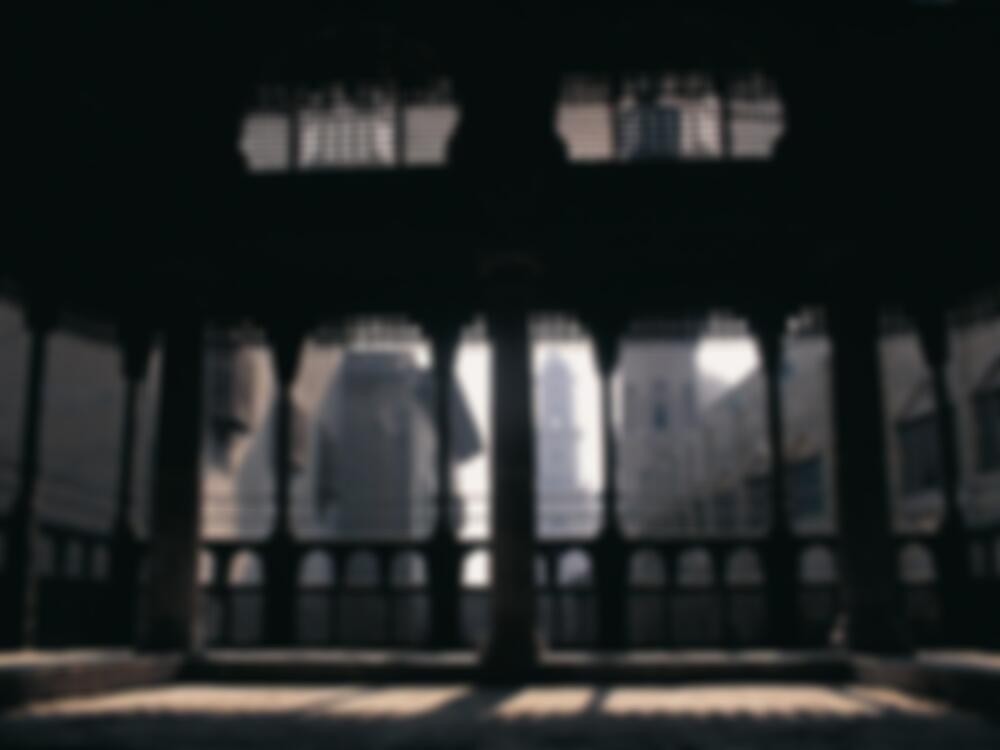The urban history of Cairo can be divided into three main periods. The first extends from the Middle Ages to Napoleon’s Egyptian campaign (1799–1801). During this time, the city developed from a military camp founded in 641 to a walled town with about 270,000 inhabitants. The city’s most important Islamic monuments were created in this era, including the Ibn Tulun...
Discussion: The “Invincible” City with Circulatory Disorders Rehabilitation of the Historic Centre of Cairo
Issue
06/2001 Refurbishment
Source
DETAIL
Task
Conversion / Refurbishment

© Wolfgang Mayer

© Wolfgang Mayer